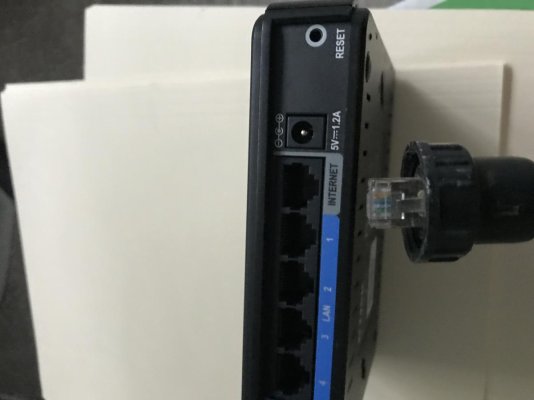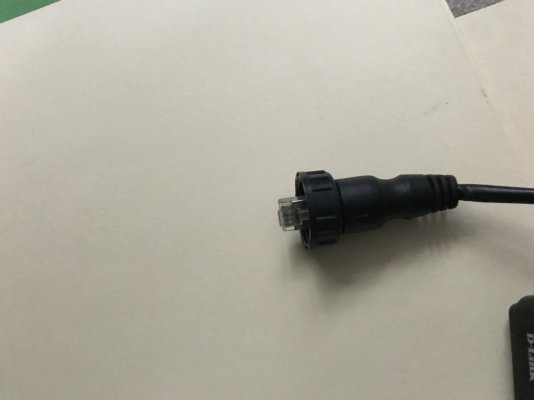Dougcole
Guru
I recently installed a pair of Garmin 942xs Mfds and new Garmin radar on my boat. I really like them so far, but I am having issues with them not communicating well with each other. For instance, I input waypoints on one MFD, but they don't show up on the other. Also, I get full capability of the sounder on the unit that the transducer is plugged into but on the other unit I only get a depth reading in the data bar. Some of the radar capability is not available on both screens as well.
I have a NEMA 2000 back bone set up between them. The Radar is pluged into the ethernet port on on MFD and the transducer is plugged into the transducer port on the other.
So I called Garmin tech support. At first they thought it was because the software versions on the two MFDs did not match. So I updated both of them to the latest software. Things got better, but still lots of issues.
I called Garmin again and this time they told me I need to install a GMS 10 network port expander. Here is a link: https://buy.garmin.com/en-US/US/p/250
I'm ok with doing that, but the darn thing is $250 and my electronics budget was stretched to the limit for the new gear. I'd like to find a cheaper solution.
It seems to me that the GMS 10 is just an ethernet hub. Is there some sort of non marine hub I can use? The installation is totally dry.
I had a Raymarine network on the boat before and I saved the Sea Talk hub, which looks like it does the same thing to me. Any chance that it would work? Could it do any damage if I plugged it in and tried it?
Any other ideas?
Thanks,
Doug
I have a NEMA 2000 back bone set up between them. The Radar is pluged into the ethernet port on on MFD and the transducer is plugged into the transducer port on the other.
So I called Garmin tech support. At first they thought it was because the software versions on the two MFDs did not match. So I updated both of them to the latest software. Things got better, but still lots of issues.
I called Garmin again and this time they told me I need to install a GMS 10 network port expander. Here is a link: https://buy.garmin.com/en-US/US/p/250
I'm ok with doing that, but the darn thing is $250 and my electronics budget was stretched to the limit for the new gear. I'd like to find a cheaper solution.
It seems to me that the GMS 10 is just an ethernet hub. Is there some sort of non marine hub I can use? The installation is totally dry.
I had a Raymarine network on the boat before and I saved the Sea Talk hub, which looks like it does the same thing to me. Any chance that it would work? Could it do any damage if I plugged it in and tried it?
Any other ideas?
Thanks,
Doug



